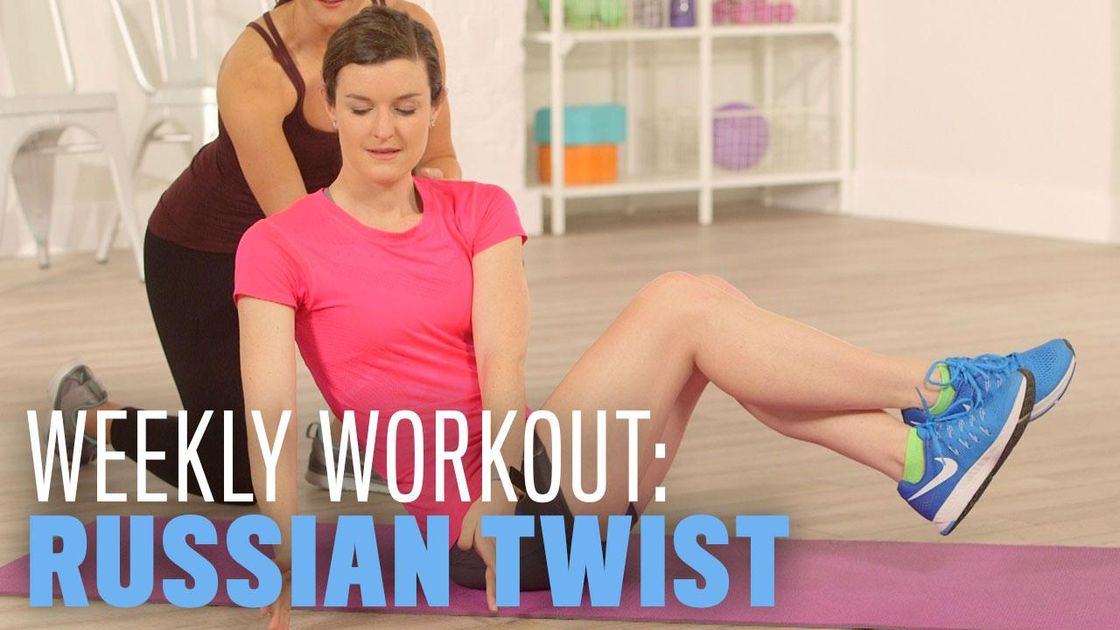Two studies presented at last week’s American College of Sports Medicine conference add to the growing literature on the links between training, pain perception, and racing. Taken together, they add to the belief that training can increase your ability to deal with pain.
The first, from Katrina Maluf and her colleagues at San Diego State University, explores the links between daily physical activity and pain sensitivity.
It’s fairly well-established that athletes have a similar pain threshold but higher pain tolerance than the general population. That means that if I start poking people with a stick with increasing pressure, athletes and non-athletes will say “Hey, that hurts!” at roughly the same point, but non-athletes will say “Stop, I can’t take it anymore!” sooner than athletes.
That’s thought to be a consequence of the discomfort that athletes endure as a regular part of training. It doesn’t change how they feel pain, but they improve their ability to cope with that pain.
RELATED: Three Workouts to Increase Pain Tolerance
The question the new study explores is whether similar patterns show up when you look at the physical activity habits of non-athletes. The researchers equipped volunteers with an accelerometer to record their movement patterns for seven days, classifying each minute as either sedentary, light intensity physical activity, or moderate-to-vigorous physical activity. Pain threshold and tolerance were measured with an algometer, which is basically the stick I mentioned above.
The results showed that these particular people spent 74 percent of their time being sedentary, 23 percent in light physical activity, and 4 percent in moderate/vigorous activity. (Yes, there’s rounding, so it doesn’t add up to 100.)
There was no link between physical activity patterns and pain threshold, just as in the studies of athletes. In contrast, pain tolerance was higher in those with less sedentary time and/or more light physical activity—again, as expected from the athlete studies.
Surprisingly, there was no link between pain tolerance and moderate/vigorous physical activity. My guess is this might be simply because the people in the study did so little of it that there wasn’t enough data for patterns to register.
The big question is whether people with better pain tolerance are more likely to tolerate the occasional discomfort of being physically active, or whether people who are habitually active develop better pain tolerance. It’s an important question, because, for example, it has implications for the management of chronic pain through exercise.
The same question arises with athletes, and while I suspect the answer is a bit of both, there is good evidence—as the next study illustrates—that athletes really do increase their pain tolerance as a direct response to training.
RELATED: How Stress Lowers Your Pain Tolerance
The other new study is from Martyn Morris, formerly of Oxford Brookes and now at Coventry University in Britain. I actually described the preliminary results of this study back in 2015, when I got a sneak peak at an endurance research conference. But it’s a very interesting one, and I think it’s worth revisiting the highlights.
Basically, Morris put his subjects through a six-week cycling training program consisting of either intense intervals (6-8 x 5:00 hard) or moderate continuous exercise (60-80 minutes at 90 percent of lactate threshold).
The training programs were matched to have the same total training volume—and, as desired, they produced basically identical improvements in typical markers of aerobic fitness such as VO2 max and lactate threshold.
But actual endurance performance, as measured in a set of time-to-exhaustion tests, was dramatically different. In one test, which was performed at the same absolute intensity before and after training, the interval group improved by 148 percent while the continuous group improved by just 38 percent. In another test, performed at the same relative intensity (i.e., scaled up to reflect the improvements in VO2 max and lactate threshold), the interval group improved by 43 percent and the continuous group stayed roughly the same, declining by 4 percent.
RELATED: Getting Fit Increases Pain Tolerance
So if the lab-measured fitness markers improved by the same degree in both groups, why was performance so different? The researchers also measured pain tolerance using a “tourniquet test,” which basically involves clenching your fist repeatedly with a tourniquet blocking blood flow. The interval group’s pain tolerance increased by 41 percent, while the moderate group didn’t see any change (a statistically insignificant decline of 3 percent).
The implication? The interval group got better in the test of endurance because the painfully intense interval training they’d undergone improved their ability to deal with pain, totally independent of the parallel improvements in aerobic fitness. A separate analysis of individual results saw a moderate (but not statistically significant) correlation between how much subjects improved their pain tolerance and how much they improved their time-to-exhaustion performance.
This study is probably the strongest evidence yet that training really does boost pain tolerance. And moreover, it suggests that it’s probably not through some mysterious flood of brain chemicals promoted by aerobic fitness. We learn to suffer—one of the most widely transferable benefits of endurance training, in my view—only through the repeated act of suffering.
***
Discuss this post on the Sweat Science Facebook page or on Twitter, get the latest posts via email digest, and check out the Sweat Science book!













